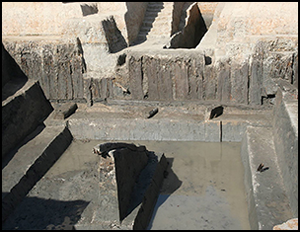“Rethinking pig domestication in China: regional trajectories in central China and the Lower Yangtze Valley” now in press in Antiquity.
Authors: Ningning Dong and Jing Yuan
Abstract: “Animal domestication represents one of the most important advances in human history. Pigs (Sus scrofa) were domesticated multiple times in prehistory and are therefore ideal for examining how geography and culture shape the domestication process. The authors integrate zooarchaeological and isotopic data from Neolithic (c. 10 000–2000 BP) pigs from central China and the Lower Yangtze Valley to demonstrate two dominant domestication trajectories. In central China, pig husbandry intensified following domestication, corresponding with population growth and a shift in socio-economic organisation. In the Lower Yangtze Valley, however, increasing urbanism was associated with a preference for wild resources supplemented by the limited exploitation of domestic pigs.”
Keywords: China, Neolithic, Liangzhu, animal husbandry, pig domestication

